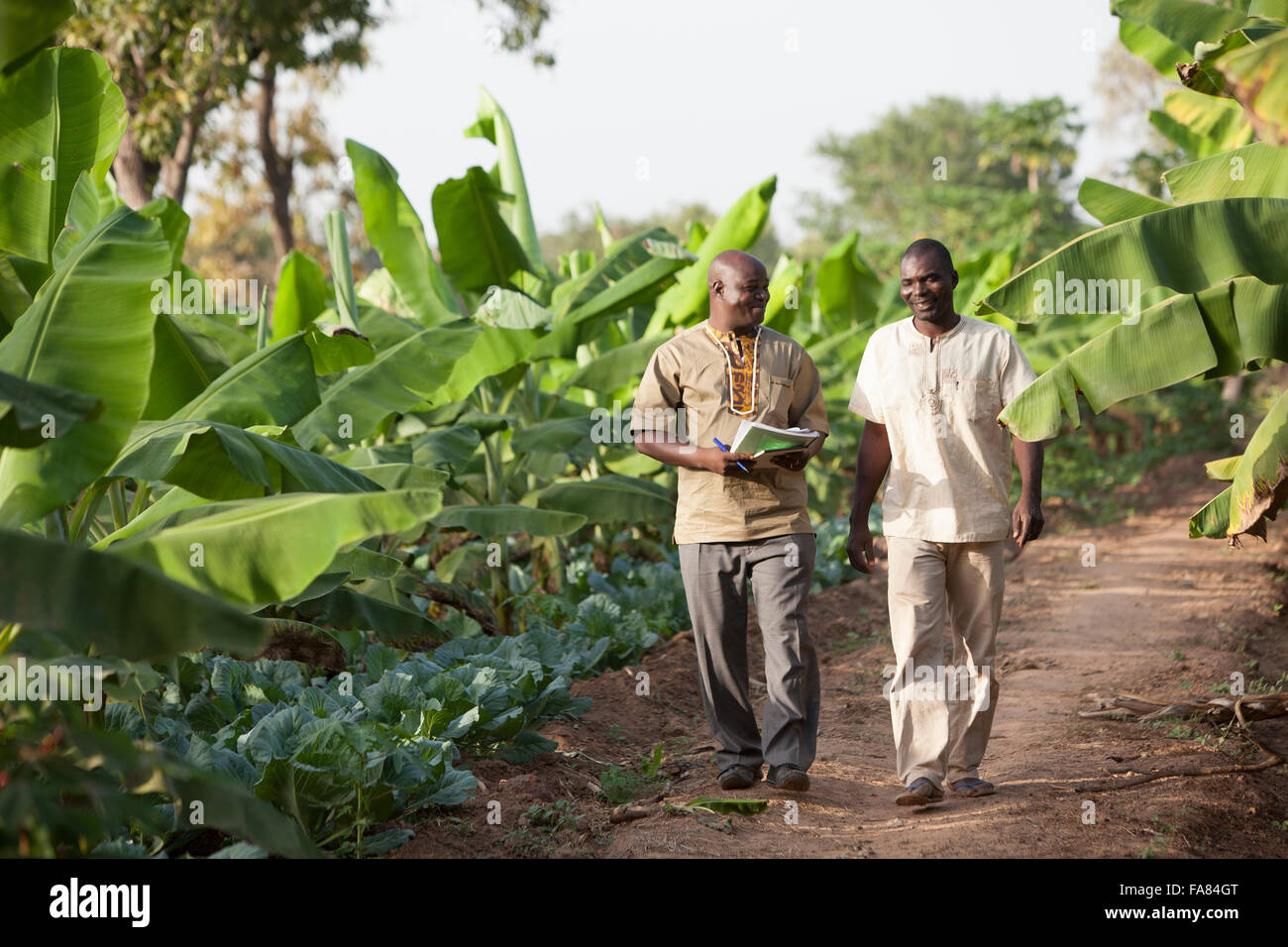The Economic Viability of Commercial Farming vs Subsistence Farming in Backwoods
The Economic Viability of Commercial Farming vs Subsistence Farming in Backwoods
Blog Article
An In-Depth Take A Look At the Obstacles and Benefits of Modern Agriculture
Modern farming stands at the crossroads of innovation and sustainability, presenting a wide variety of possibilities and obstacles. With innovations like precision farming and biotechnology encouraging enhanced efficiency, the market all at once grapples with critical concerns such as environmental destruction and socio-economic variations. As we check out the detailed balance in between technological progress and its more comprehensive impacts, the question occurs: can we accomplish a sustainable future that benefits both the environment and farming communities? The path onward demands a mindful assessment of these characteristics, welcoming stakeholders to take into consideration the capacity for transformative modification in agricultural techniques and policies.
Technological Developments in Farming
Technological developments in farming have actually reinvented the farming market, driving enhanced efficiency and performance. Developments such as accuracy biotechnology, agriculture, and automation have transformed typical farming techniques, enabling more lucrative and lasting procedures. Precision farming utilizes GPS modern technology, sensing units, and information analytics to maximize field-level monitoring pertaining to plant farming. This strategy allows farmers to apply inputs like water, plant foods, and pesticides a lot more deliberately, minimizing waste and lowering costs while enhancing returns.
Automation in farming has actually additionally driven the industry onward, with the intro of self-governing tractors, drones, and robotics. These technologies decrease labor requirements and enhance operational rate, permitting prompt growing and harvesting. Drones, particularly, provide useful airborne imagery and information, helping farmers in monitoring crop health and spotting problems early.
Biotechnology has actually likewise played a crucial function in advancing agricultural practices. Jointly, these technological advancements have laid the foundation for a more sustainable and resistant farming future.
Ecological Difficulties
Agriculture faces a number of environmental obstacles that endanger its sustainability and performance. One of the key problems is the deterioration of dirt wellness because of extensive farming practices that diminish crucial nutrients and bring about disintegration. The overuse of chemical plant foods and pesticides even more exacerbates this problem, polluting water sources and reducing biodiversity. The long-term stability of farming land is compromised, demanding the fostering of more lasting methods.
Water deficiency is one more significant difficulty, especially in areas where farming greatly depends on irrigation. Environment adjustment is intensifying this issue, altering rainfall patterns and enhancing the regularity of dry spells. Reliable water monitoring systems, such as drip irrigation and rainwater harvesting, are important to minimize these results, yet their implementation remains irregular throughout different areas.
Furthermore, farming is both a factor and a target to environment modification. Addressing these environmental challenges is crucial for ensuring a lasting agricultural future.

Financial Effects
The financial influences of contemporary farming are diverse and profound, influencing both regional and global markets. Breakthroughs in technology and production techniques have substantially boosted farming productivity, leading to more efficient food supply chains and decreased expenses for consumers.
Nonetheless, these advantages are not without challenges. The capital-intensive nature of modern farming requires substantial financial investment in equipment, fertilizers, and i loved this genetically modified seeds, which can be financially difficult for small farmers. This usually causes boosted financial obligation and economic susceptability, possibly causing the combination of farms and the loss of country livelihoods. In addition, worldwide market variations can influence the earnings of agricultural exports, making economies reliant on agriculture prone to economic instability.
Additionally, aids and profession policies in developed nations can distort market value, impacting affordable equilibrium and potentially disadvantaging farmers in developing nations. Overall, while modern farming drives economic development, it additionally requires company website navigating complicated financial landscapes to make sure sustainable and fair advancement.
Social Effects
While modern-day agriculture has brought about considerable improvements, it additionally offers numerous social implications that warrant consideration. As business farming entities significantly dominate the farming landscape, smaller sized farms often have a hard time to complete, leading to the erosion of rural areas and standard farming techniques.

In addition, there are concerns regarding food safety and sovereignty. The concentrate on monoculture and genetically customized crops can weaken biodiversity and make food systems more prone to conditions and parasites. Such methods could also restrict consumer options and reduce the capacity of neighborhood neighborhoods to manage their food sources. As these social ramifications unravel, it becomes critical to resolve them to guarantee lasting and equitable agricultural growth.
Future Instructions
Looking ahead, numerous appealing opportunities for contemporary agriculture could attend to the difficulties dealt with today while fostering sustainable growth. Advancements in modern technology, such as precision farming, click to read supply the potential to optimize source use and rise performance.
Biotechnology likewise holds enormous promise for the future of farming. Genetically customized organisms (GMOs) and genetics editing and enhancing techniques, like CRISPR, can boost plant resilience against climate modification, bugs, and diseases, thus boosting food security. Branching out crop varieties to include even more climate-resilient and nutrient-dense alternatives could reinforce both environmental stability and human nourishment.

Verdict
Modern agriculture, identified by technological advancements, provides both difficulties and chances. commercial farming vs subsistence farming. Resolving these complexities calls for a transition in the direction of sustainable methods that stabilize productivity with environmental stewardship and social equity, consequently ensuring a resilient future for global agricultural systems.
Modern farming stands at the crossroads of advancement and sustainability, providing a multitude of chances and challenges. Furthermore, global market changes can impact the earnings of agricultural exports, making economic climates reliant on farming susceptible to economic instability.
Moreover, the intensive use of innovation and automation in agriculture has led to a reduction in farming work chances.Looking ahead, numerous appealing methods for modern agriculture could address the challenges faced today while promoting lasting development. commercial farming vs subsistence farming.Modern farming, characterized by technological developments, provides both possibilities and difficulties
Report this page